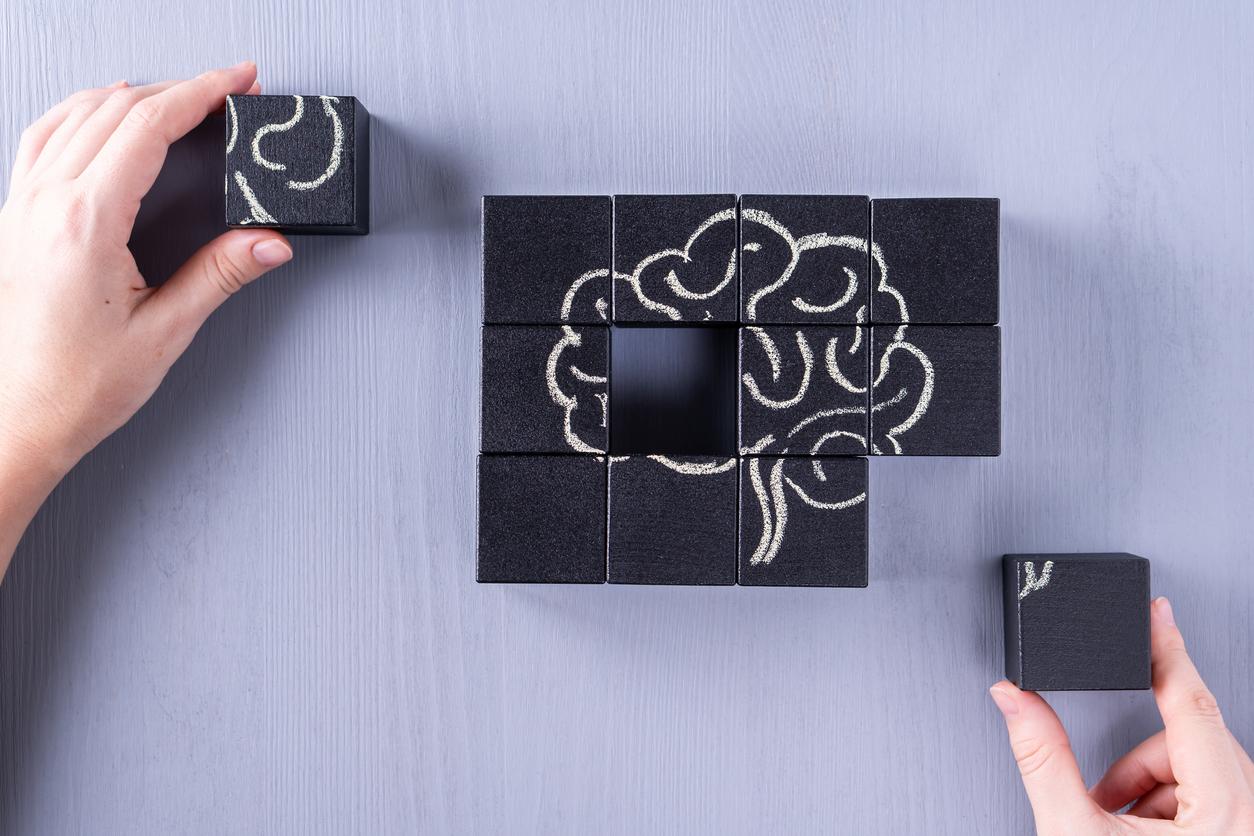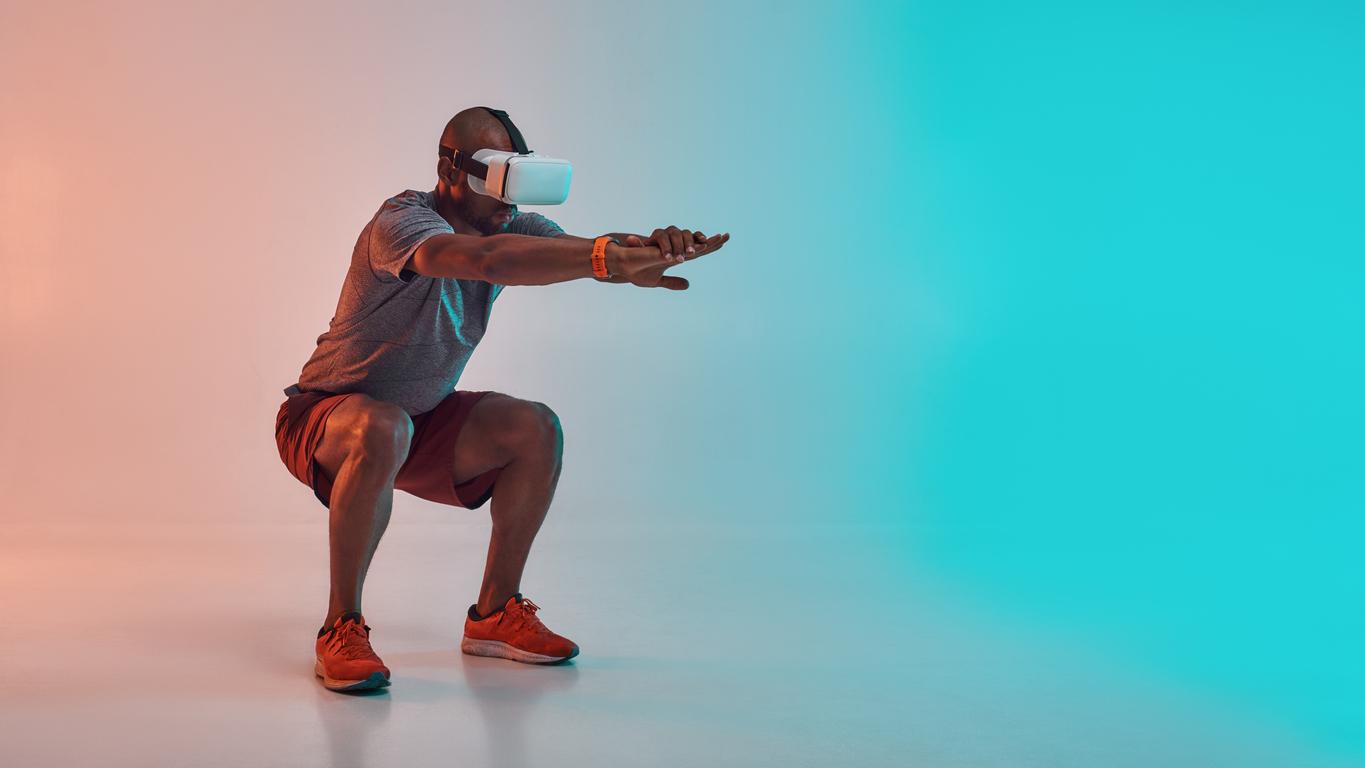To overcome its shortage of professionals, Chinese psychiatry is ready to use virtual reality to treat phobias, traumas and addictions.

Applications using virtual reality to immerse the brains of patients in very realistic simulations in order to help them deal with their neuroses will come to the aid of Chinese psychiatry which suffers from a shortage of professionals and still ubiquitous cultural brakes.
This method of psychiatric care uses the principle of the simulator with which, in France, we manage to treat people who suffer from fear of flying. This is cured by the virtual experience of taking off and landing while remaining firmly on the ground.
Impressive results
This method applied to heavier psychiatric care has already shown impressive results. A woman with vertigo managed to climb an escalator calmly after 3 hours of virtual reality treatment. Likewise, several researchers around the world have tested this technology and found promising results. Thus, in march 2019, JAMA Psychiatry published a scientific study used in multiple fields, on the treatment of acrophobia or the fear of high places, by virtual reality and without a therapist. As a result, the treatment was not only well received by patients but was inexpensive and, most importantly, had proven results.
2.2 psychiatrists per 100,000 inhabitants
If China offers particularly favorable ground for the exploitation of virtual reality in the psychiatric field, it is primarily because it lacks psychiatrists. According to data from the World Health Organization (WHO), the number of psychiatrists in China is 4 times lower than the world average with a concentration of 2.2 practitioners per 100,000 inhabitants (by comparison, this concentration is 10, 5 in the United States).
Secondly, the crisis of health professionals in China means that some psychiatrists see more than 100 patients a day. As a result, they usually delegate to an assistant while they see the next patient.
The stigma of those with mental disorders
Another reason for this move to virtual reality in several areas of Chinese psychiatry, the high level of stigma people with mental problems. Indeed, 90% of people suffering from such disorders in China are reluctant to seek help from psychiatric services for fear of being stigmatized. Virtual reality treatments can break down these cultural barriers because these treatments can take place in the privacy of patients’ homes via a gamer-like interface.
It is estimated that there are more than 100 AI companies working in medical applications in China today.
.















